Trying to open your pool for swim season? Avoid the pool opening mistakes mentioned in this post
If you’re reading this, then it’s probably getting close to the beginning of your swim season. And depending on where you live, that may be a bit sooner than summertime. But regardless of when your swim season begins, there are few things you can do to make sure your pool opening is a success.
Although opening a pool is a pretty straightforward process, there are plenty of small details that if ignored, can make the job MUCH harder. In other words, there are a few common pool opening mistakes that if avoided, will save you TONS of time and effort. Matter of fact, they’ll even save you a bit of money.
So if you want to make sure your pool opening is a success from day one, make sure to avoid the common pool opening mistakes mentioned in this post. And on that note, let’s get straight to what you came here for.
Need help opening your pool? These guides might help:
[ How To Open Your Above Ground Pool | How To Open Your Inground Pool ]
21 Pool Opening Mistakes To Avoid
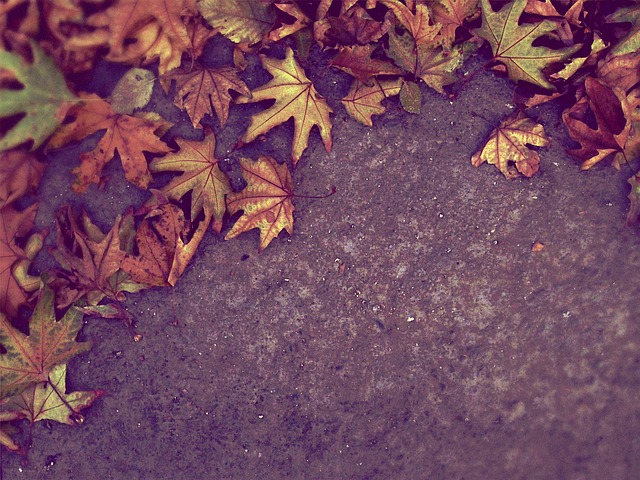

1.) Not sweeping the deck first
If there’s one thing that adds to your workload, it’s forgetting to sweep the deck. Specifically, forgetting to sweep the deck from the start.
The leaves and dirt are on the cover, not in the water, so what’s the big deal?
Well, consider what happens if a strong gust of wind blows through. Within seconds, you go from crystal clear pool to a backyard pond. So instead of having to deal with the aftermath of nature, avoid the possibility altogether.
Sweep and clean the deck as much as possible before doing anything else. Your future self will thank you when you’re not fishing out leaves for hours under the blazing sun.
2.) Not cleaning off the cover before removing it
In the same idea, cleaning your cover benefits you just as much. Because it’s possible that while your pool was closed, plenty of leaves and twigs collected on the cover.
But where will all of that debris go when you take it off?
Chances are, no matter how careful you are, a good amount will find it’s way into the pool.
So remove any debris sitting on the cover using a long soft bristle brush or leaf blower. It’s much easier than having to fish it out later.
3.) Not washing off water bags
Some pool owners use water bags to secure their winter covers in place. But the thing is, those bags sit stagnant for months while your pool is closed — through countless rainstorms and windy days. Point being, they get dirty.
When you remove the water bags, you may notice some white and dark green buildup. It may look harmless, but it actually breaks down the material of the bags much faster.
To prevent that, take a few minutes to wash off the bags and scrub away buildup.
Keeping your water bags clean extends their lifespan, which means you won’t have to replace them nearly as often.
4.) Forgetting to remove cover anchors
When removing your safety cover, it’s likely you’ll have to unscrew several anchors. They’re the tiny brass or silver “poles” that slide in and out of the ground around the perimeter of your pool.
As you remove your cover, it’s best to remove each anchor as you go along. This can mean removing the anchor or simply screwing it back into the ground, depending on the style.
Why does this matter?
Because stubbing your toe on a cover anchor hurts, a lot. And if you do it with enough force, it can cause an injury.
To avoid any accidents, do a quick scan around the edge of the pool to make sure all those cover anchors are safely put away.
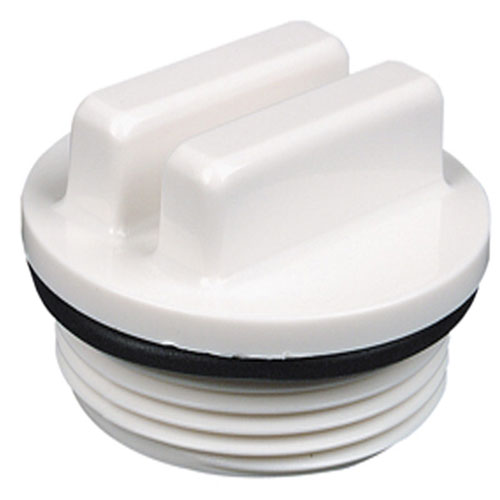


5.) Not seizing the moment
Once you have the cover off of your pool, there’s still plenty to do before you can get in the water. But while you’re checking off the rest of these tasks, you can also “kill two birds with one stone” as they say.
Here are a few things you can do in the background while you finish opening your pool:
- Add water to the pool with a hose to restore water level
- Soak the cover in a soap solution for cleaning
- Prepare your water testing kit
- Gather all of your pool chemicals
6.) Not removing all the pool plugs
If you live in a climate that experiences cold winters, then chances are you winterized your pool when you closed it. And if so, you probably used winter freeze plugs.
Winter freeze plugs exist for the sole purpose of protecting your swimming pool, and pool system from damage. They’re great for keeping unwanted water out of your pipes when freezing temperatures roll around.
But when opening your pool, forgetting to remove one plug can completely skew your pool’s PSI, making it difficult to get the correct pressure settings.
So make sure you double check all the outlets and valve openings around your pool for any leftover winter plugs.
7.) Forgetting to open all of the valves
When you walk over to your filter system, you may notice a few valves with different settings. Each one is connected to a different part of your pool system, be it your pump, filter, or heater.
What’s important is making sure all of those valves are on the correct setting: open.
This is one of the most common pool opening mistakes, and should not be overlooked. Otherwise, you may quickly find yourself struggling to start your pool pump, but that’s the least of your worries. In more extreme cases, a closed valve can create major pressure issues, creating a hazard while causing damage to your equipment.
So before powering on ANY equipment, make sure all of your multiport valves are set to open.
8.) Not inspecting and priming the pump
If you closed your pool properly, then it’s totally normal for your pump not to have much water. This is because it was drained and plugged as part of the closing process.
But after months of having the pool closed, sometimes it’s easier to forget these details. And when you go to turn on the pump and can’t get it to turn on, it can be stressful. Especially if you went through all of the steps to open the pool already.
To avoid that, inspect the pump for any damage, and make sure to properly prime it before applying power. Not only will this save you major headaches, but time as well
[Pool pump problems? Check out this Pool Pump Troubleshooting Guide]
9.) Not inspecting and cleaning the filter
A pool filter works hard in the background, but sometimes, it’s easy to forget it’s even there. Sometimes for a few weeks, sometimes a few years.
But that’s because pool filters are tough and designed to keep your pool clean for the long term. Yet, despite their large capacity for debris, even filters need to be cleaned and maintained over time. As they purify thousands of gallons of water, more and more debris builds up within the filter media (sand, DE, cartridge).
Over time, the clogged filter’s effectiveness decreases, raising the pressure of your pool system as it struggles to move water. And this, of course, is no good for water circulation or cleanliness.
The best way to improve circulation and maximize your filter’s effectiveness is to clean and maintain it regularly. This not only ensures optimal filtration but lightens the loads on the rest of your pool system as well.
Here are some helpful resources on filters:
[How to Replace/Clean Your Sand Pool Filter]
[Replace/Clean Your Cartridge Filter]
[How To Replace/Clean Your DE Filter]
10.) Not setting up the filter system correctly
There are two parts that must be attached to your filter system before starting it up:
- The filter’s drain plug
- The pressure gauge
Both parts are essential to maintaining and monitoring PSI. Once they’re accounted for, follow this guide.
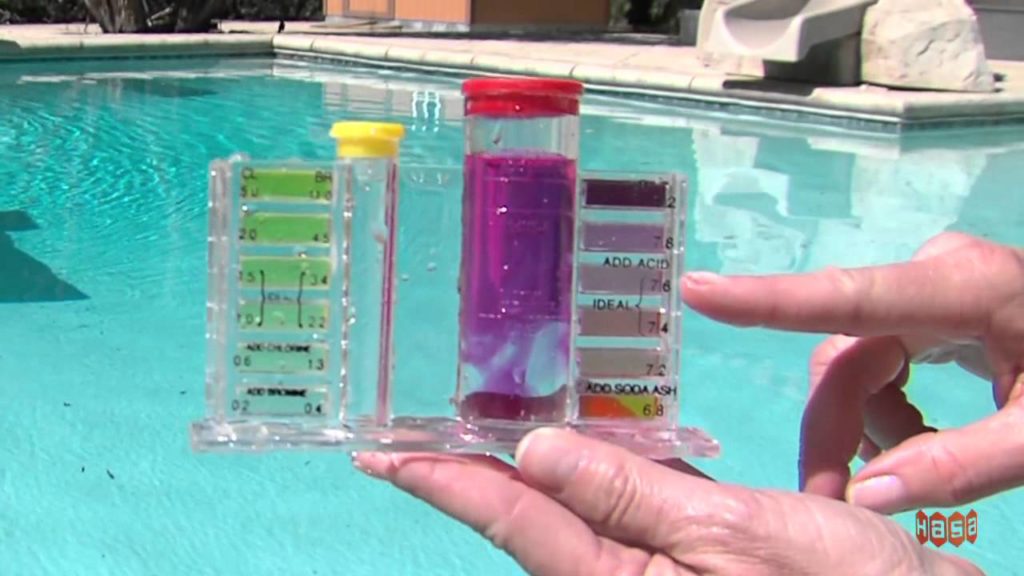


11.) Not balancing pH and Alkalinity levels first
Why balance pH and Alkalinity first?
They’re the two chemicals that have the biggest effect on your chemical balance. pH affects the stability of your chlorine levels. Meanwhile, Alkaline acts as a shield for pH, helping it stay constant.
With that in mind, remember to adjust your pH and Alkalinity first.
12.) Ignoring the other pool chemicals
The only thing more important than balancing pH and Alkalinity first is remembering to balance the rest of the chemicals after. Sure you might “get away” with skipping Calcium Hardness or Cyanuric Acid testing, but it’ll cost you more chemical in chemicals costs and physical labor.
So use this guide to learn how to test for all the essential chemicals like a pro: Understanding Pool Chemistry
13.) Not starting a pool care schedule from the start
Pool maintenance is one of those things that’s usually much harder when you let it pile up. It’s a lot like cleaning your car or house. You can let the messiness build up for months and then deal with the aftermath later.
But 99% of the time, that method calls for a lot more time and effort. More than keeping it clean would have ever called for. Surely, this is a lesson we’ve all learned at one point or another.
Well, the same idea applies to pool care. Make it a habit, and get rewarded with a consistently light workload.
How do you make it a habit? By using a pool care schedule
14.) Not brushing and skimming the pool
But that’s what the filter is for right?
Well, yes. But, your filter can’t scrub buildup off the pool walls quite like a brush can.
In fact, the only way to deal with wall buildup is to clean it yourself (or use an automatic cleaner), otherwise, the filter will never get to it. And over time, even a thin layer of buildup can pave the way to aggressive pool algae and cloudy water. Two things you DO NOT want to deal with if you can avoid them.
With that said, take a few minutes to skim the surface and scrub all the hard to reach spots around the pool. You’ll be doing your pool and yourself a big favor.
15.) Not vacuuming correctly
There’s an effective, and ineffective way to vacuum. A large part of it involves setting your filter to the right setting when the vacuum hose is attached to the skimmer.
When vacuuming, set your filter to “WASTE”, otherwise, everything you remove from the pool is going to get circulated right back into the water or your filter.
That said, here’s a guide for manually vacuuming a pool.
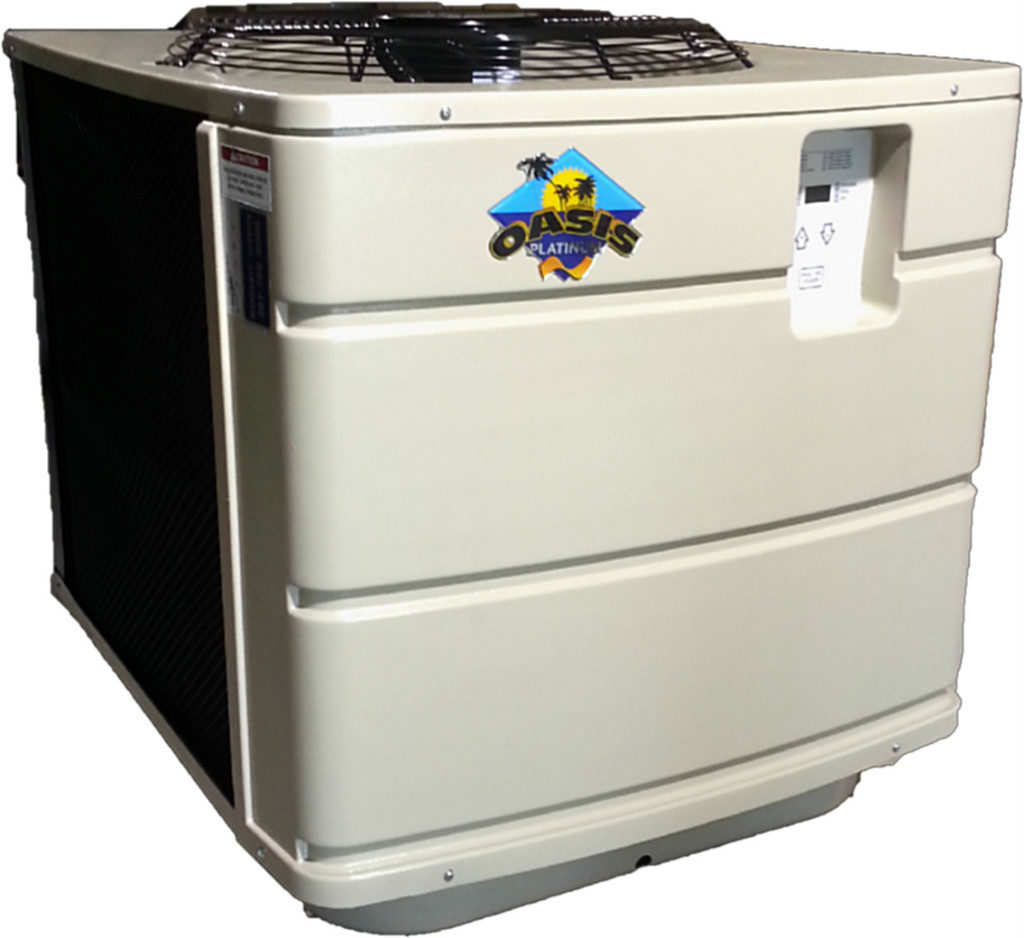

16.) Not inspecting and servicing your pool heater
You know what’s worse than a closed pool on a hot day? An ice cold pool at the beginning of swim season.
Your pool heater, although resilient, needs to be maintained and serviced just like a car. In fact, doing so is the one way to avoid expensive repairs or replacement down the line.
But the point here is, the last thing you want to do is go through all the trouble of opening your pool just to find out that your heater won’t turn on for whatever reason.
These pool heat pump troubleshooting tips should help in case you run into any problems. Of course, a pool heater troubleshooting service can help you diagnose the issue and find the solution much faster.
17.) Not inspecting and refilling chlorinator
Whether it’s a salt water chlorinator or a traditional chemical based feeder, make sure it’s stocked and working. You don’t want to spend a bunch of time balancing your water, assuming your system is working, only to come back to nearly acidic water a week later.
Inspect your chlorinator, refill it, and make sure everything is in healthy, working condition first.
18.) Not programming the automatic timer
If you’re a busy pool owner, then you already know how beneficial an automatic timer is. It helps maintain optimal water circulation, keeps your energy bill down, and of course, saves you time.
That said, double check that your automatic timer is programmed to the correct settings. It may also be a good idea test it out the first night, just to make sure it’s working as expected.
[Want to discover other ways to save energy? Check out: 9 Energy Saving Tips For Your Swimming Pool]
19.) Not using a solar cover throughout the swim season
One quick fact: 75% of swimming pool heat loss is due to evaporation
Why is this bad?
Because evaporation forces you to add more water to your pool. And if that’s not bad enough, then you have to run your pool heater twice as hard to compensate for the heat loss.
The easiest way to fix this problem for good?
Use a solar pool cover. Here’s a guide: How To Use A Solar Pool Cover
20.) Forgetting to set up and test your pool automation system
A pool automation system completely changes what it means to own a pool. With pool automation technology, pool owners can delegate up to 80% of pool maintenance work to a team of robots. Not a literal team of robots, but a system of computer-controlled pool equipment.
If it’s set up right from the start, swim season is a breeze. But forget to configure your chlorinator or timer, and you may be in for a few surprises.
If you have a pool automation system, use this guide to get everything off to a good start: Pool Automation 101
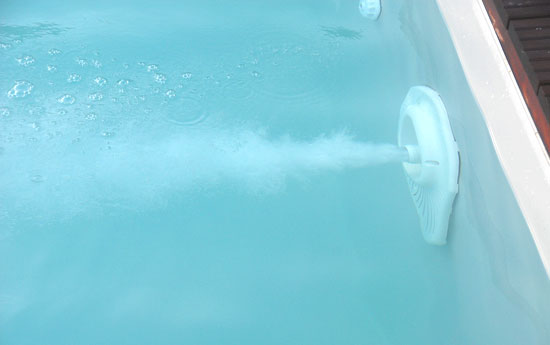

21.) Not maintaining good pool water circulation
Good water circulation means clean, clear, and healthy. Bad water circulation means the opposite, on top of straining your pool equipment.
So here’s how to maintain good water circulation:
- Run your pump at least 8 hours a day
- Make sure PSI is within proper range
- Keep filter clean and clear
- Keep all filter baskets clean


